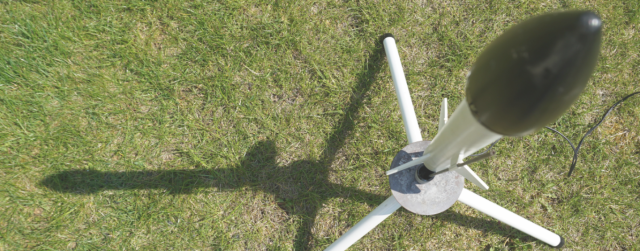
SpaceCAD model rocket software gives teachers an effective and engaging way to teach the Principles of Rocketry to students. Here are some examples how SpaceCAD can be used in an educational setting:
Introduction to Rocket Science
SpaceCAD can serve as a powerful tool to introduce students to the fundamental principles of rocket science. Teachers can explain concepts such as thrust, drag, gravity, and lift by using the software’s simulation features.
Design Exploration
Students can use SpaceCAD to design their own rockets. They can experiment with various rocket components such as body tubes, fins, nose cones, and engines. This hands-on approach allows them to understand how design choices impact a rocket’s performance.
Stability Analysis
SpaceCAD provides stability analysis tools that help students determine whether their rocket designs are stable during flight. This involves learning about the center of gravity (CG) and center of pressure (CP), and how they affect rocket stability.
Simulating Flight Trajectories
SpaceCAD’s simulation capabilities allow students to predict and visualize the flight trajectory of their rockets. They can adjust parameters like engine type, angle of launch, and wind conditions to see how these variables affect the rocket’s path.
Problem Solving and Optimization
Rocket design often involves solving real-world engineering challenges. SpaceCAD enables students to identify and solve issues like instability, drag, or insufficient thrust. This encourages critical thinking and problem-solving skills.
Safety Considerations
Teaching rocketry principles also includes emphasizing safety. SpaceCAD can help students understand safety factors by simulating potential risks and discussing safety measures such as launch site selection and safety codes.
Data Collection and Analysis
After launching physical rockets, students can use SpaceCAD to compare real-world flight data with their simulations. This reinforces the importance of data collection and analysis in scientific endeavors.
Collaboration and Communication
Group projects involving rocket design and simulation with SpaceCAD encourages teamwork and communication skills as students work together to solve design challenges and present their findings.
STEM Integration
Rocketry inherently integrates concepts from science, technology, engineering, and mathematics (STEM). SpaceCAD provides a practical application of these disciplines, making STEM education more engaging and relevant.
Inspiring Future Engineers and Scientists
Using SpaceCAD in the classroom sparks students’ interest in aerospace engineering and science-related careers. It showcases the real-world applications of physics and mathematics, potentially inspiring future scientists and engineers.
SpaceCAD model rocket software is a valuable tool for teaching the Principles of Rocketry in an interactive and educational way. It allows students to explore rocket science concepts, design rockets, simulate flights, and engage in hands-on learning experiences that foster critical thinking and problem-solving skills. Incorporating SpaceCAD into the curriculum can make rocketry and STEM education more exciting and accessible for students.

